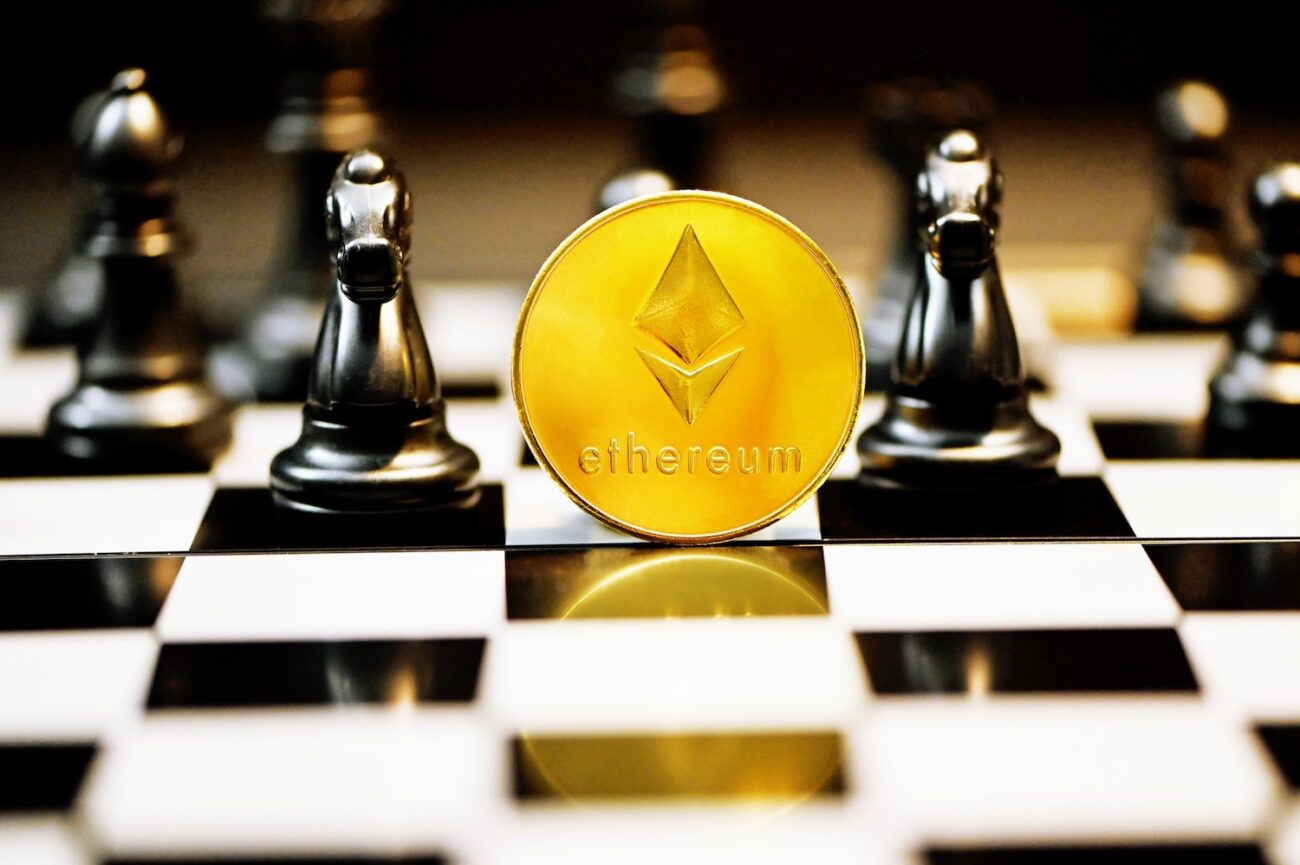Let’s start with the second part of your question, Bruce. To be honest, this is the first time I have read about Forsage. It’s calling itself a “decentralized networking platform.” It seems interesting, so thank you for bringing this to my attention.
Now, to your first question.
As you may already know, Ethereum’s ETH is the second-largest cryptocurrency in the world, after bitcoin (BTC). What is unique about ETH, and why would investors consider buying it instead of BTC?
Well, if the Bitcoin platform is all about peer-to-peer digital gold, Ethereum will be the decentralized internet of the future. It is a programmable blockchain—a distributed digital ledger—that allows developers to create and host decentralized applications (dApps) that run on code (a.k.a. smart contracts).
So, let’s unpack this for a second.
While bitcoin’s main utility is as a payment coin or as a store of value, its usability is purposefully kept very limited. Ethereum, on the other hand, has a programmable blockchain where anyone can run their smart contracts.
The contracts are executed by a decentralized network of miners/validators. When called upon, these miners use their own resources (hardware, time and electricity) to execute the contracts. In return, they earn a reward—called “gas fees”—for their services. Essentially, Ethereum is a decentralized global supercomputer that rents out its resources to execute smart contracts.
Decentralized applications on Ethereum
What exactly are these decentralized applications? You may be familiar with DeFi (decentralized finance) and NFTs (non-fungible tokens), which have both made headlines in recent years for disrupting traditional methods of banking and certifying authenticity, respectively. DeFi and NFTs are both examples of dApps, and they’re just the beginning of what may be achieved with Ethereum. With further upgrades, we can possibly run a decentralized World of Warcraft or a decentralized social media platform, for example. However, we are still a long way off from that.
Image and article originally from www.moneysense.ca. Read the original article here.

